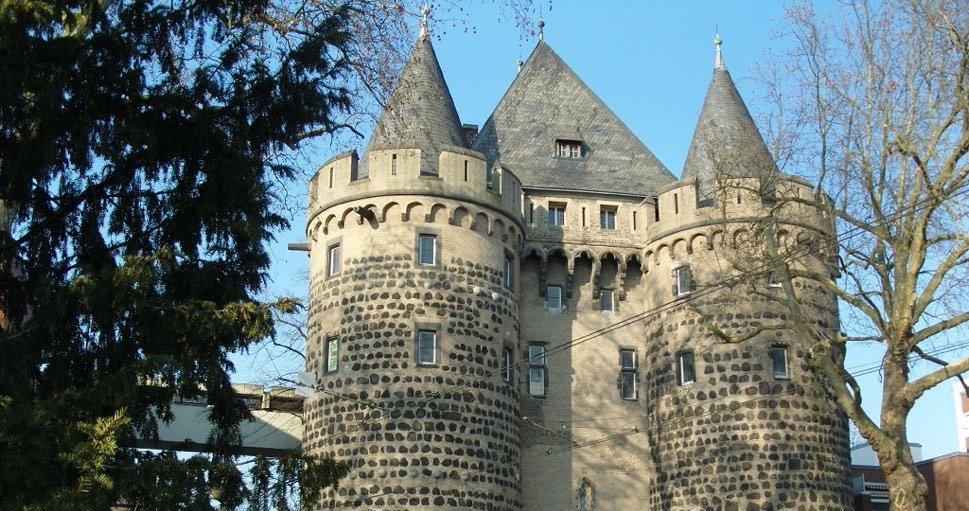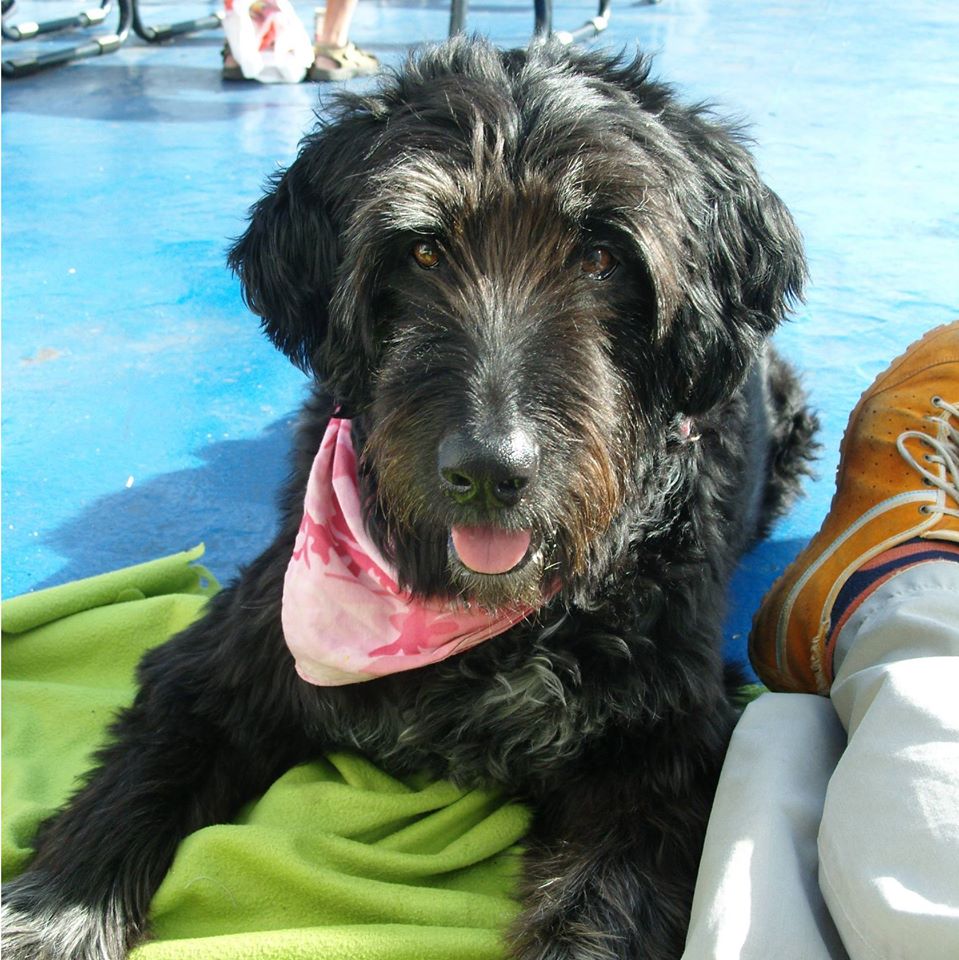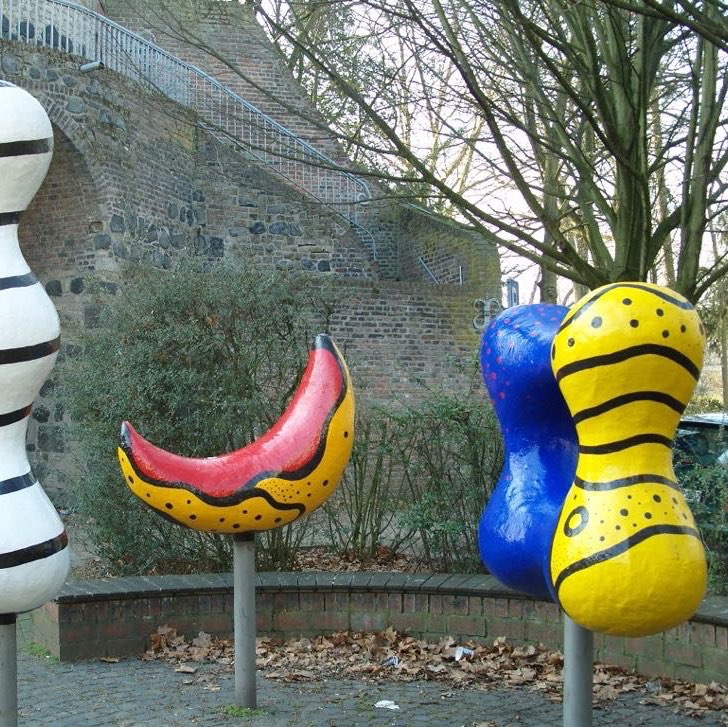Surroundings
LOCAL TOWNS OF NEUSS

On the western bank of the Rhine lies one of the oldest cities in Germany. Neuss, with 160,000 inhabitants, is a small city that is growing constantly. Its history reaches back to the time of the Romans. Other towns such as Ratingen, Krefeld, Mönchengladbach and Solingen are nearby to Neuss and, with their historical structures, they too can be considered interesting examples of German town development.
Ratingen
Ratingen is to the east of Dusseldorf and in the northwest foothills of the Bergisches Land. With just 93,000 inhabitants Ratingen is a small to medium-sized town. It is already so old that the first settlements are no longer noticeable. A real museum treasure is the Industrie museum Cromford. With the help of the first factory in the whole of mainland Europe, the cotton-spinning mill Brügelmann, the early industrialisation and the introduction of factories is impressively explained. The town also offers nature, parks and recreation areas that include two large lakes.
Solingen
A little further to the southeast of Hilden, lies the industrial town of Solingen, known internationally for its knives. Entitled the Klingenstadt (Blade Town), the town’s name is a protected brand for high-class knifes and shears. Some 90% of the German knife industry is based in Solingen. Geographically, Solingen is located in Bergisches Land but culturally still belongs to the Rhineland. The city itself is a union of several boroughs so it has no real central hub but many small centres. Walking through Solingen, the contrasts of rural and urban scenery as well as industry and residential spaces are striking. Many green areas, which were once the deserted brook valleys between the boroughs offer recreation oases in the middle of the town.
Mönchengladbach
To the west of Dusseldorf is the borough of Mönchengladbach, which originated in 1975 from the union of the towns of Rheydt, Wickrath and Mönchengladbach. With 270,000 inhabitants it constitutes an urban centre on the left of the Lower Rhine region and this signifies the atmosphere of the town; it offers many parks and woods to maintain its rural charms. A very nice sight is the moated Rheydt castle. It is embedded in ditches and surrounded by a typical landscape in the Lower Rhine. The football club Borussia Mönchengladbach is also a trademark of the town.
Krefeld
Northwest of Dusseldorf lies Krefeld, bordering on the Ruhr Area. It was the European centre of silk and velvet production during the 18th and 19th century. Hockey fans know Krefeld due to the Krefelder Penguins. Animal lovers visit the Krefelder zoo with its 1,300 animals. Some unfortunately also know of the Krefelder Klinikum medical centre, which ranks amongst the ten best in Germany. Cycle paths lead straight through the centre, enabling the town to be experienced from several angles. The landscape protection areas, windmills and districts of Uerdingen and Hüls form a contrast to the main centre.
By Vincent Green, Aug 9 2013
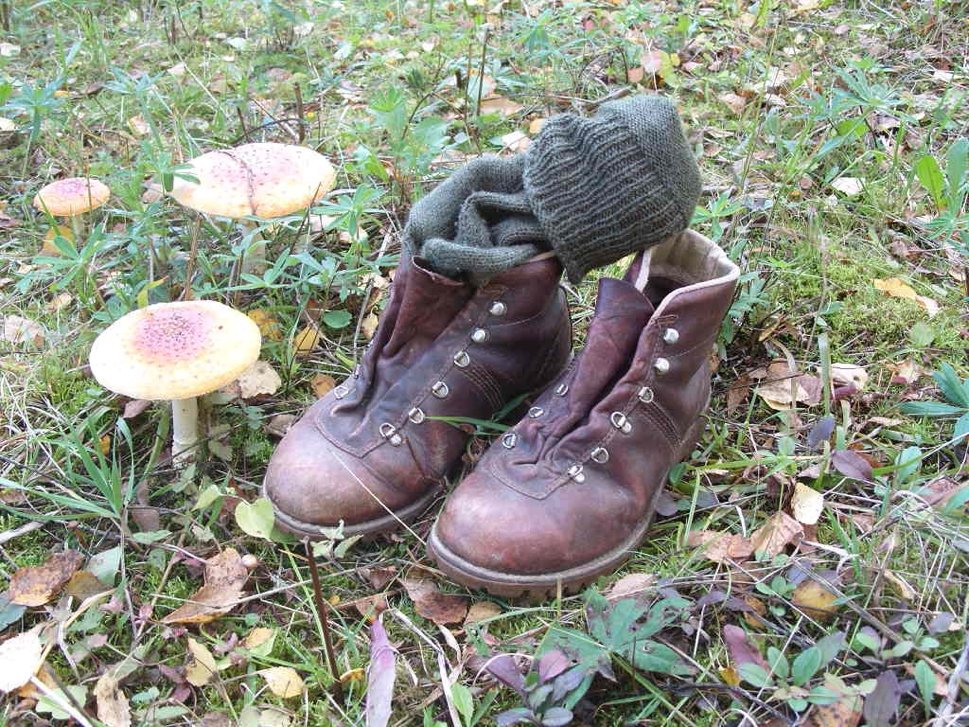
HIKING IN NEUSS
Many open spaces entice hikers into the surrounding countryside. Try heading out to the wonderfully peaceful and natural, reclaimed spaces along the Dutch border. The Ruhr region to the east provides more inspiring landscapes with hills and forests.
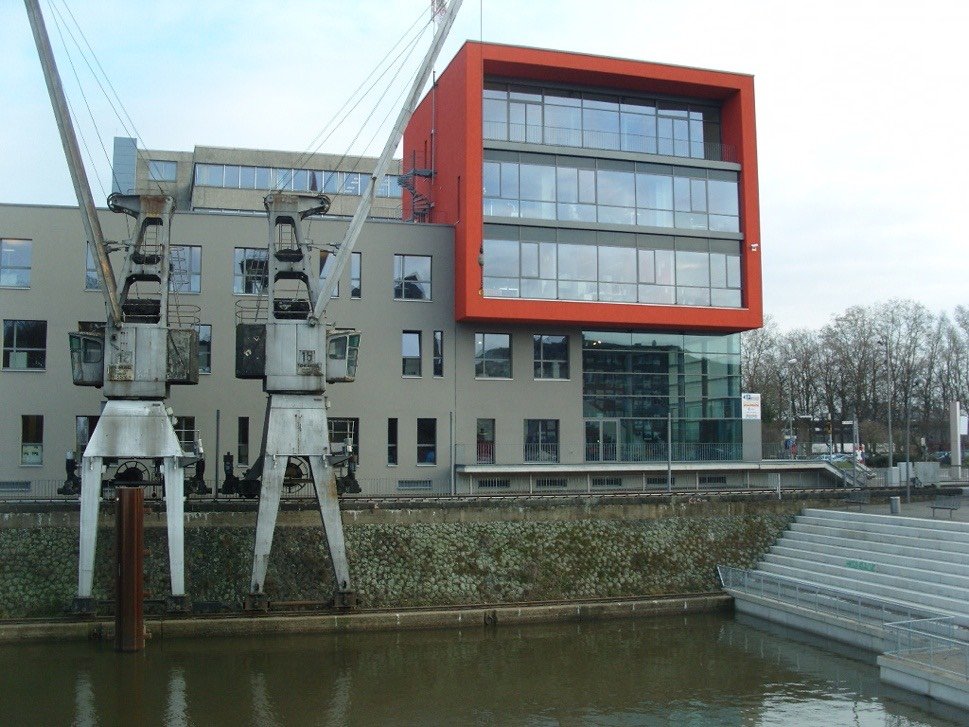
ECONOMIC DEVELOPMENT
The Economic Development Office is the perfect agency to assist foreign companies and small businesses to fulfil their plans in Neuss. Whether new to Germany from overseas or relocating within Germany, full support is on offer to set up business in this dynamic location.
ALSO INTERESTING
A brief history of Neuss
One of the three oldest Roman settlements in Germany reveals a story covering over 2,000 years. Progressive developments include Napoleonic rule and that of Prussia before becoming part of North-Rhine Westphalia.
